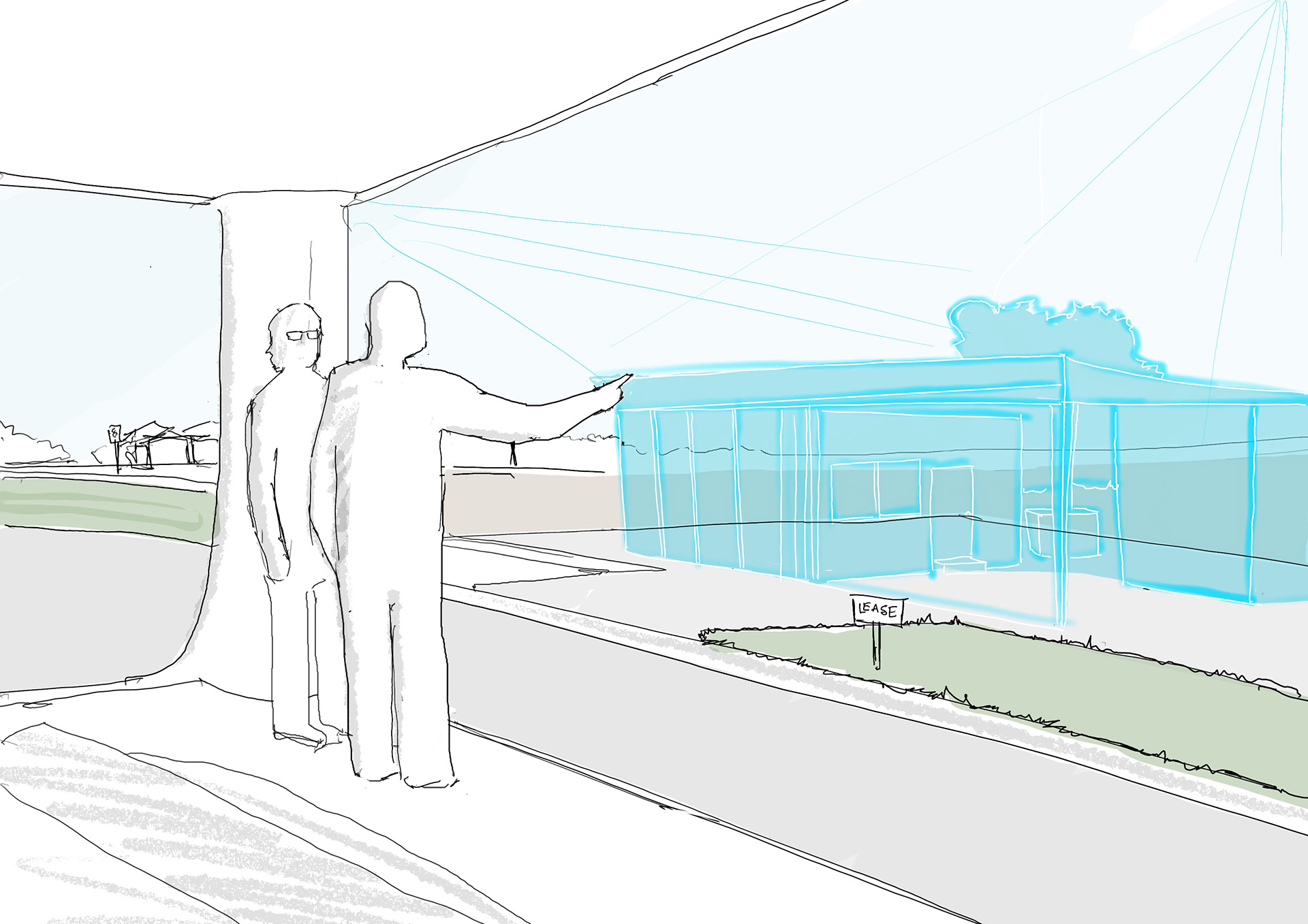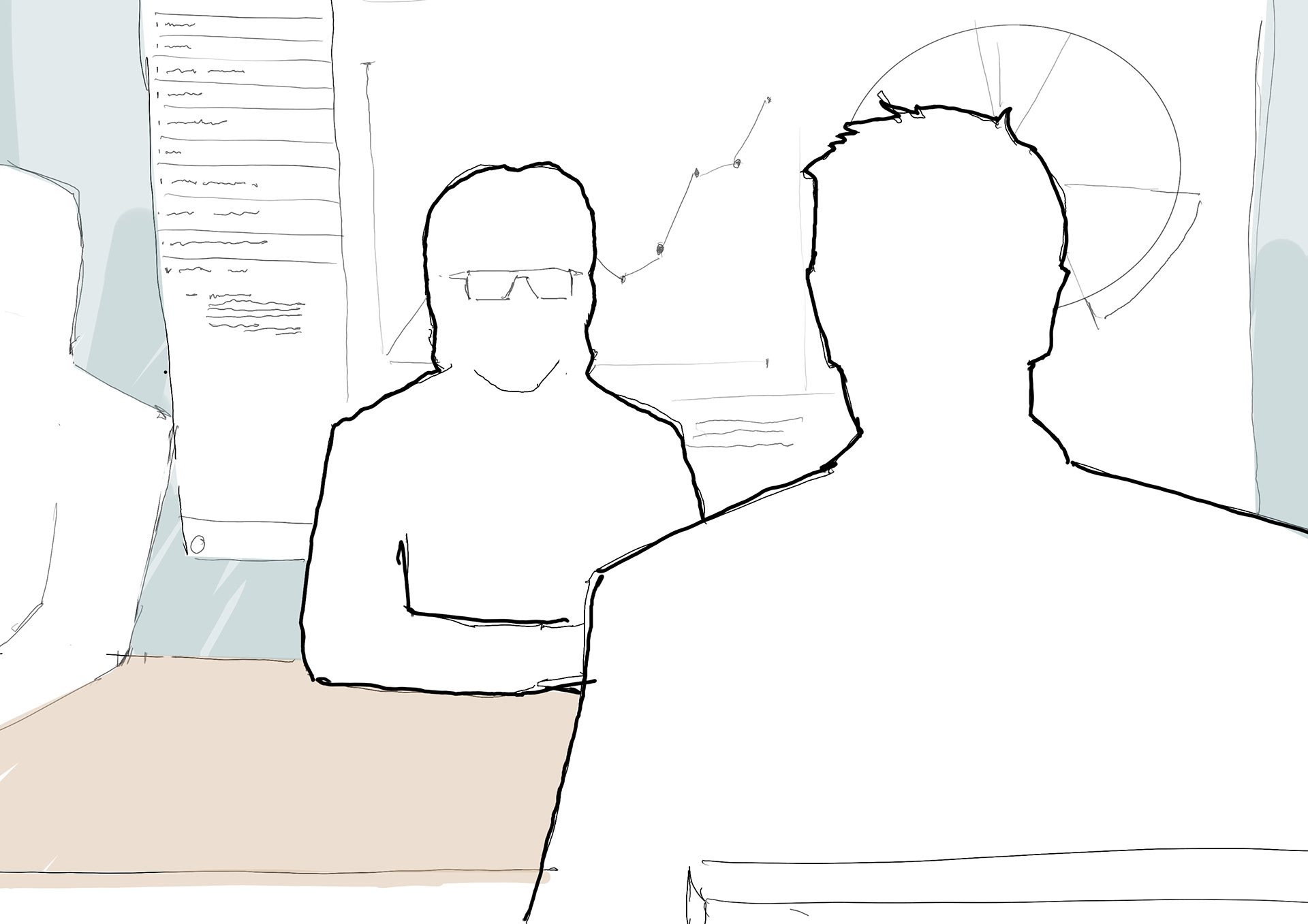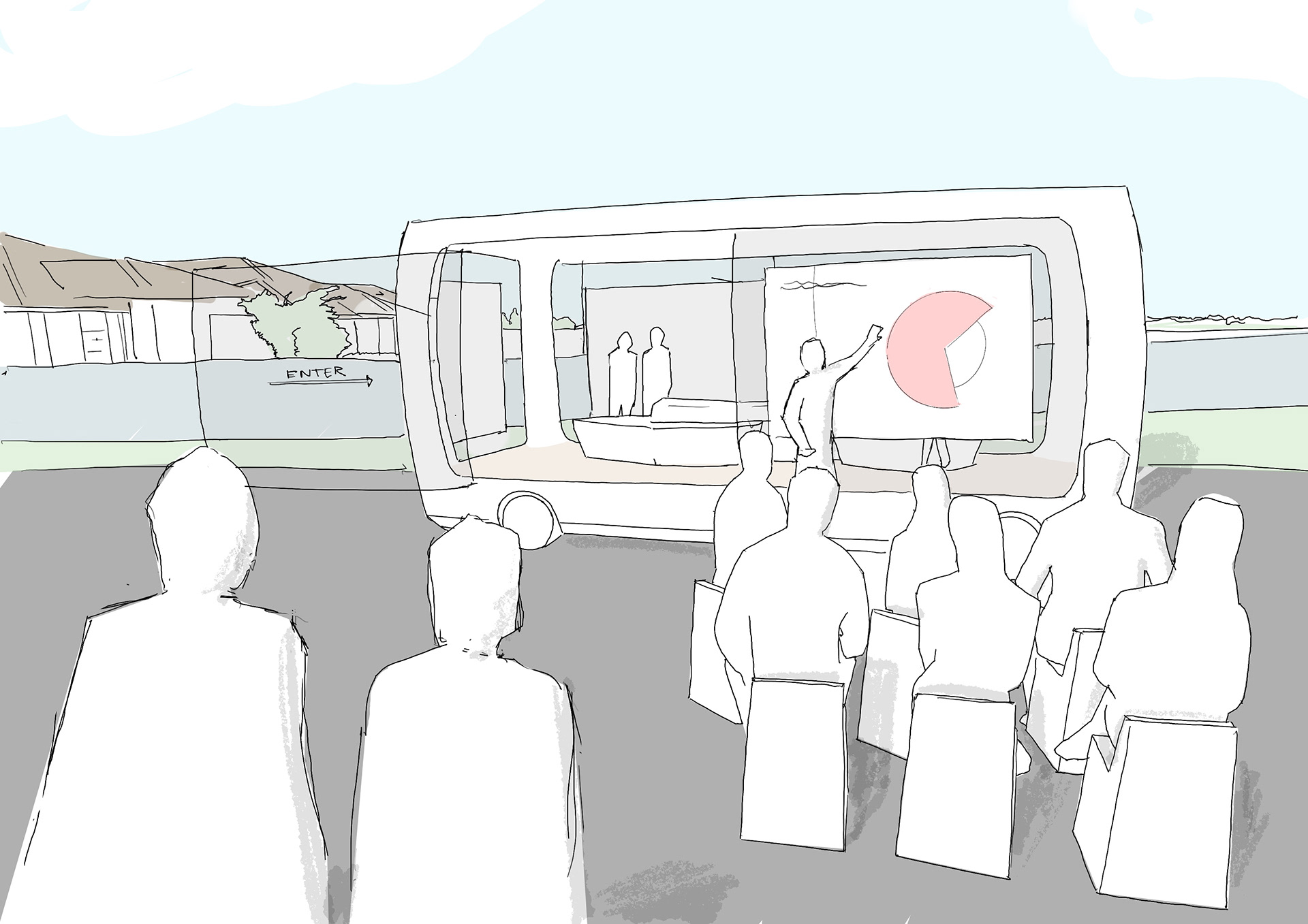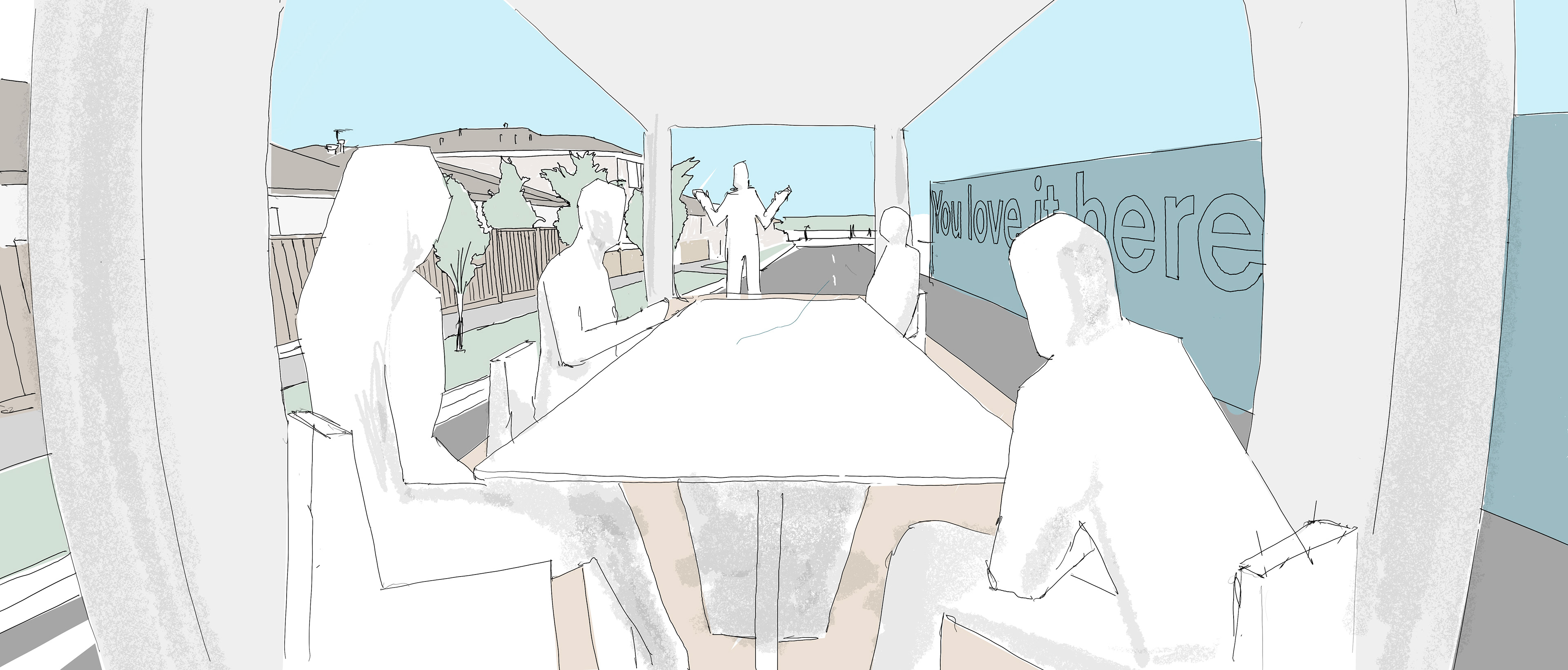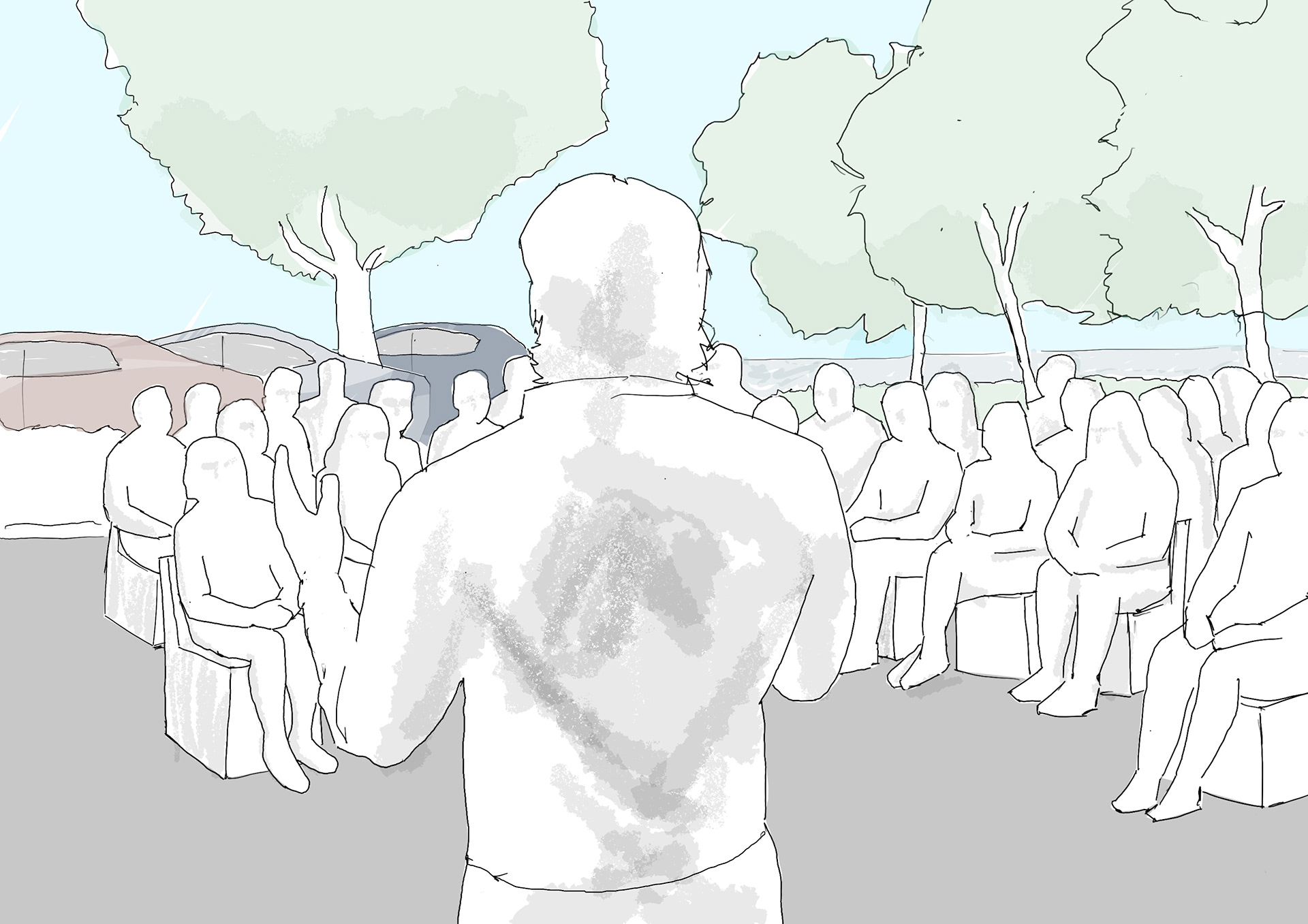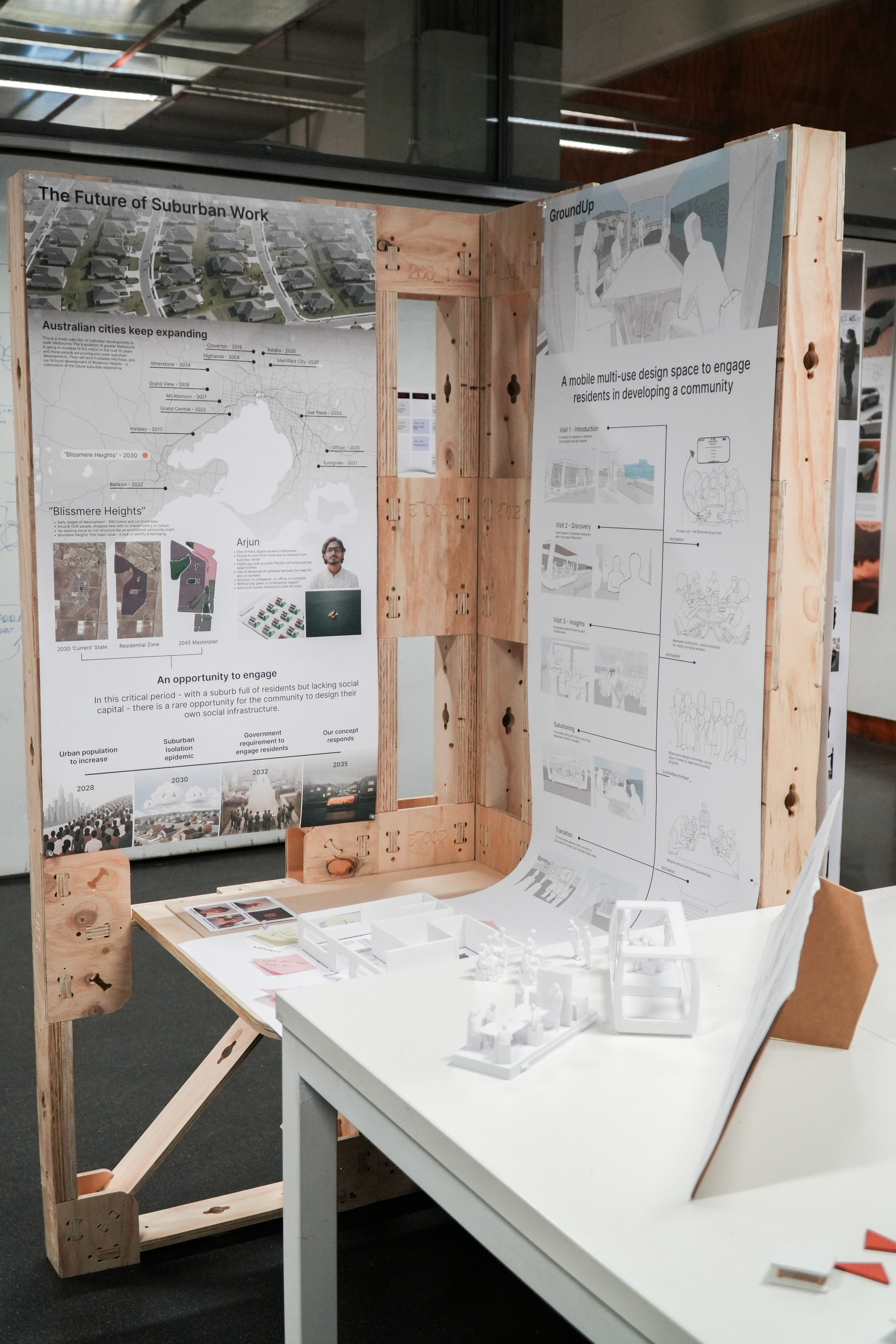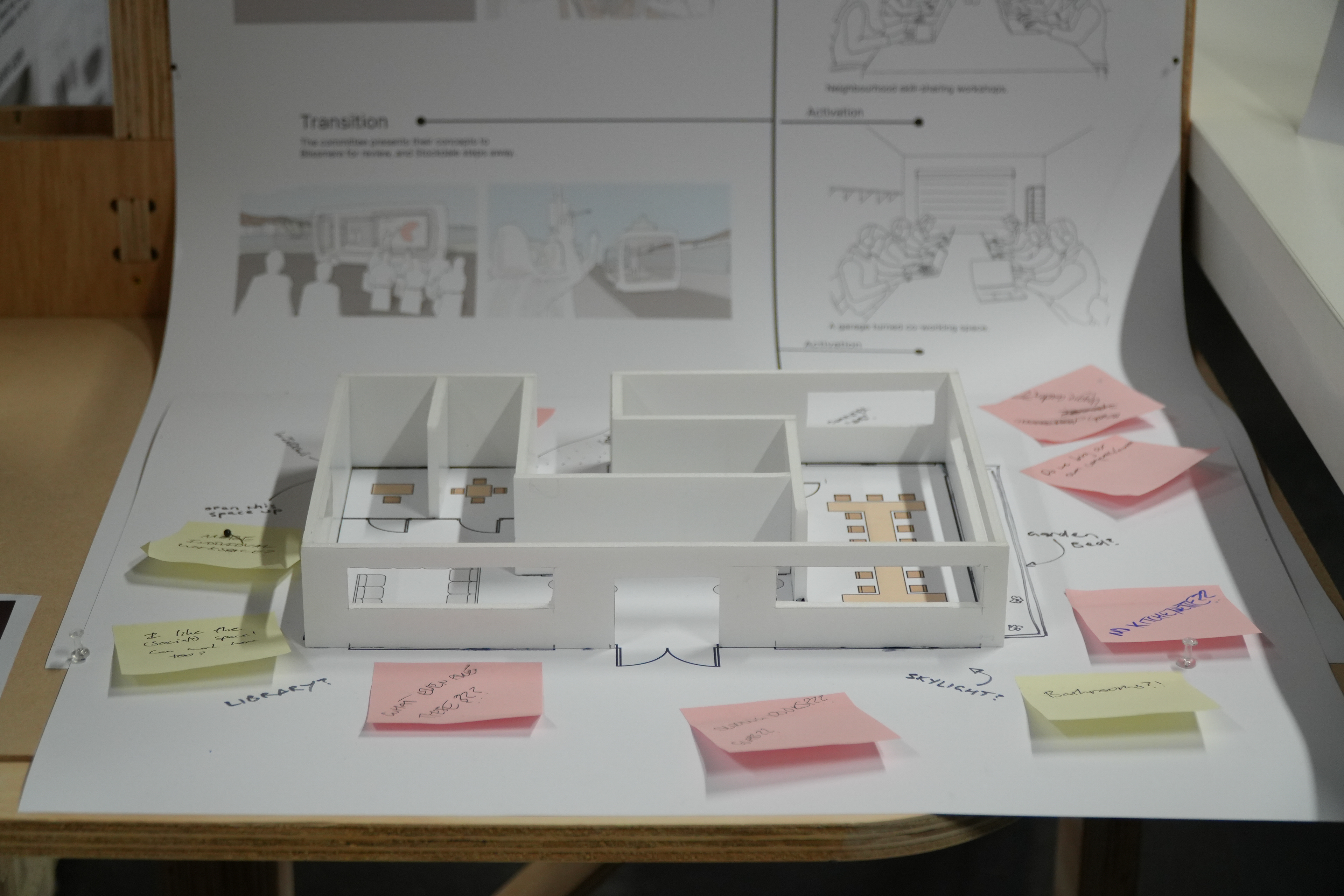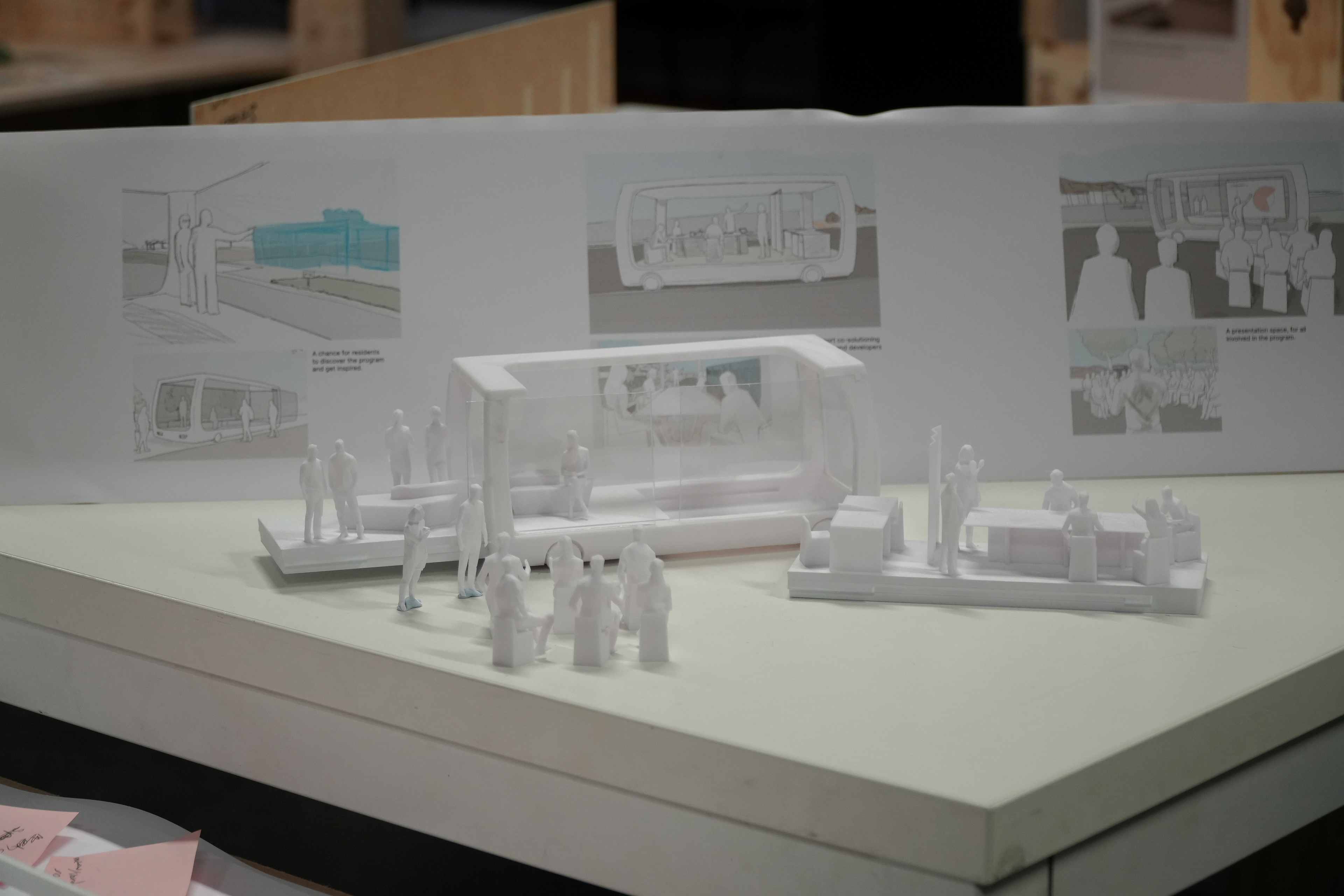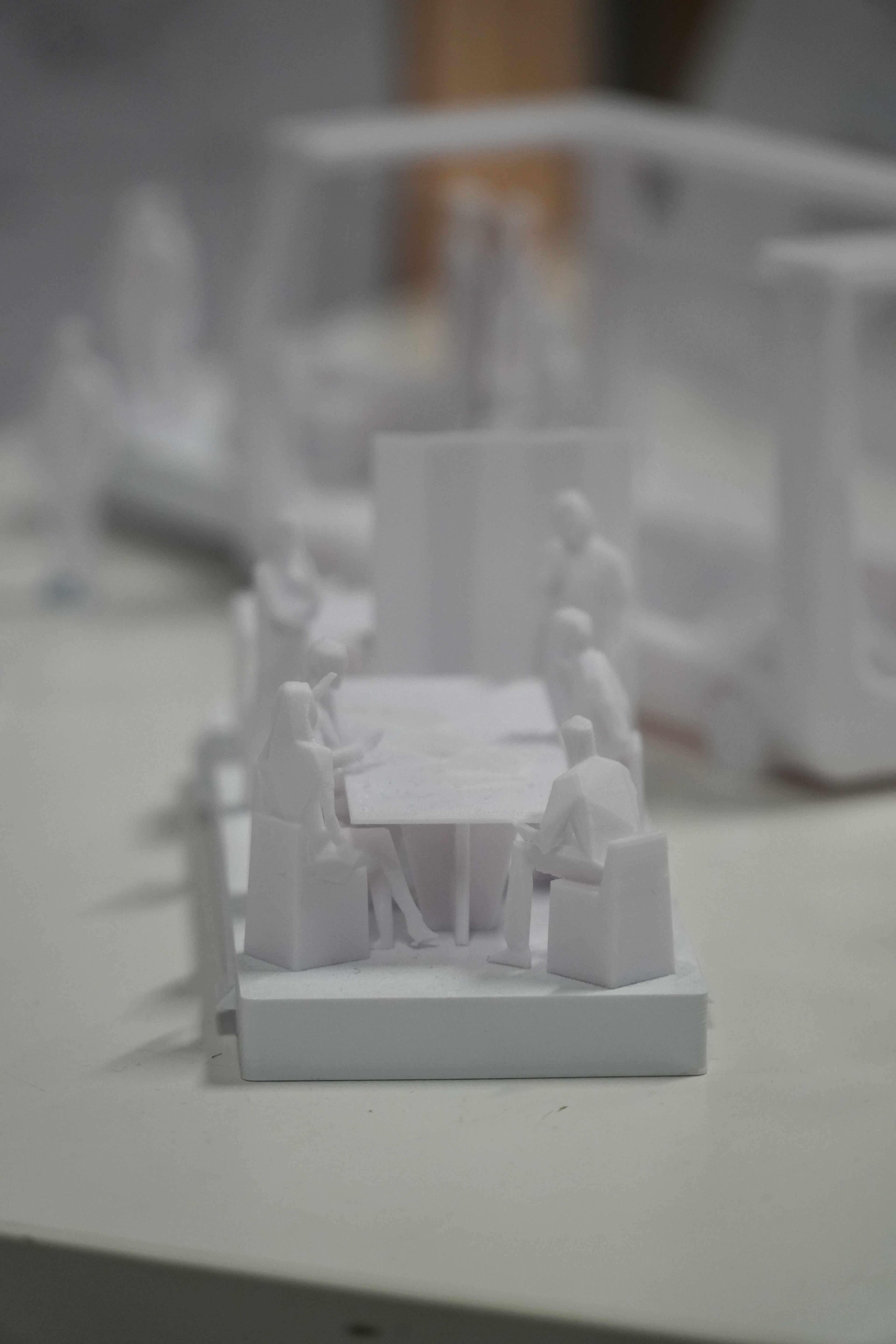Urban Australian populations are growing - the population of greater Melbourne is going to increase to six and a half million in the next ten years, and these people are pouring into suburban developments in the outskirts of Australian cities. These suburbs are pitched to prospective buyers as thriving communities with maximal future prospects. Developers, alongside urban planners, can deliver on these ambitious goals. However, often the experience of living in these environments can fall far short. This is partially due to a fundamental fact about building any community - it takes time. There is a period at the start of a suburb’s life where there can be hundreds, or thousands of residents but a severe lack of community services - public transport, schools, shops, local business, community centers. With rapid growth in these areas there is no time for social capital to emerge organically, thousands of people can be moved-in within a period of months, with no shared background or culture, especially considering the large immigrant populations in these outer suburban environments.
Residents are sold the dream of a neighborhood, however even if a community eventually lives up to expectations, there is a critical period when a suburb lacks the essential services and social fabric needed to support everyday life. In these unusual situations there is a need to accelerate the development of social networks and community infrastructure to meet the needs of a rapidly growing population. Without this support, residents are left sorely lacking a sense of identity or belonging to their “community” and can become socially isolated.
With our future laid out, we can now begin to address the experience of a worker in this future scenario. Being so far from business centers, residents can be left with no choice but to work from home. What are the at-home work options for a resident in 2035? The future gig economy allows for flexible task-based freelance jobs, and advanced AI enabled workflows eliminate the need for colleagues. So many residents in these communities are left with no stable employment, no supervisor, no colleagues, no office, and no routine. With no human interactions in their work this contributes to their increasing social isolation, and residents will be left with their second major issue - a lack of professional support.
We are proposing that by 2035 these issues will constitute an epidemic of social isolation within the outskirts of Australian cities.
An opportunity is created in the nascent stages of a development for early residents to have a say in what their community will look like in the future. Developers, through pressures from residents, the public, and government, must respond to the opportunity in order to combat this epidemic. We have created a concept for how a developer may do this.
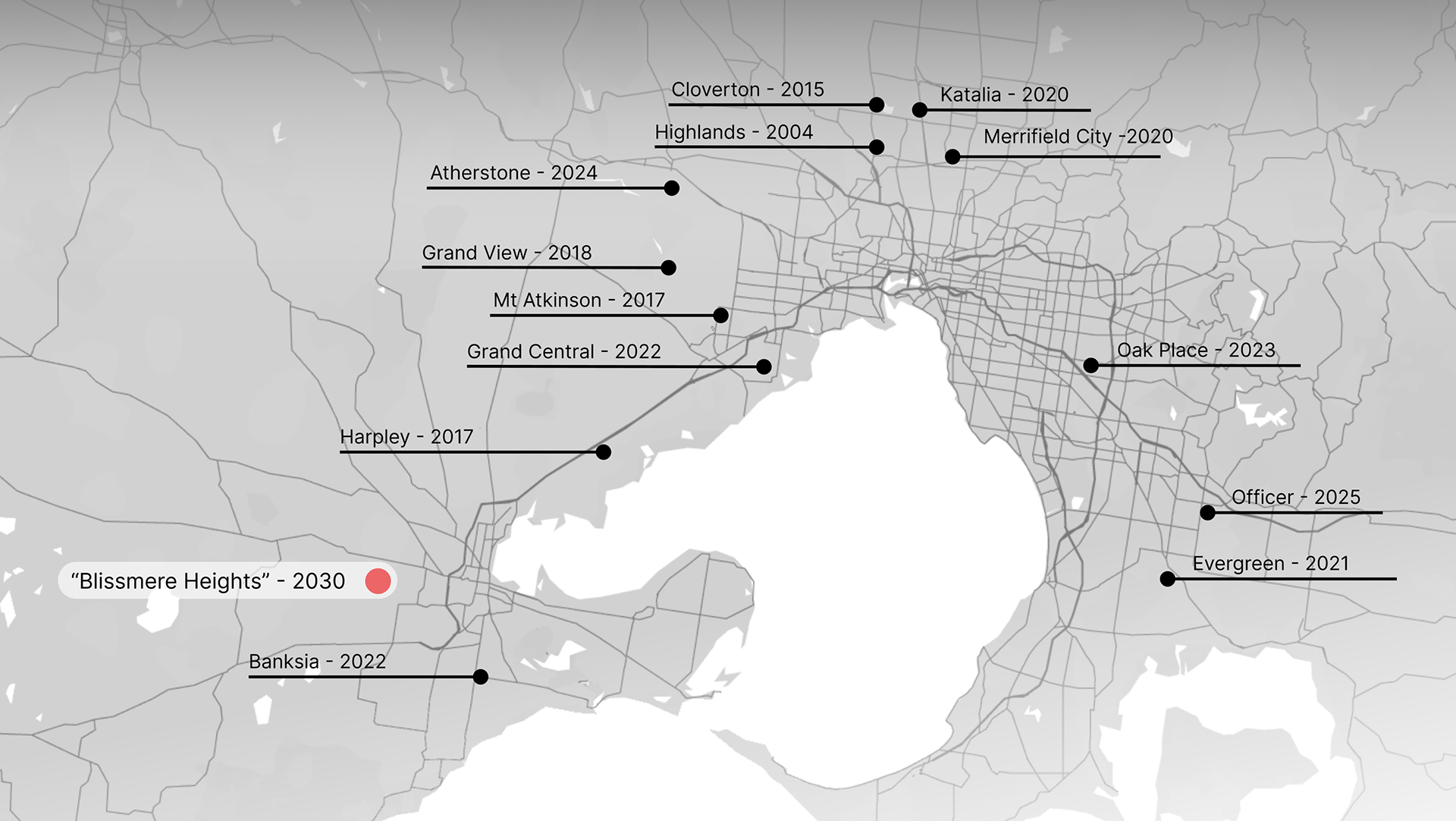

Our proposal outlines a concept for a mobile, multi-use design space to engage residents in developing a community.
The program functions as a flexible engagement tool that travels to areas with the greatest need. From immersive inspiration and storytelling, to participatory workshops, to hands-on prototyping and planning, the space is able to support various stages of the co-design process, with a range of fluid "states" designed to support the developer's team.

